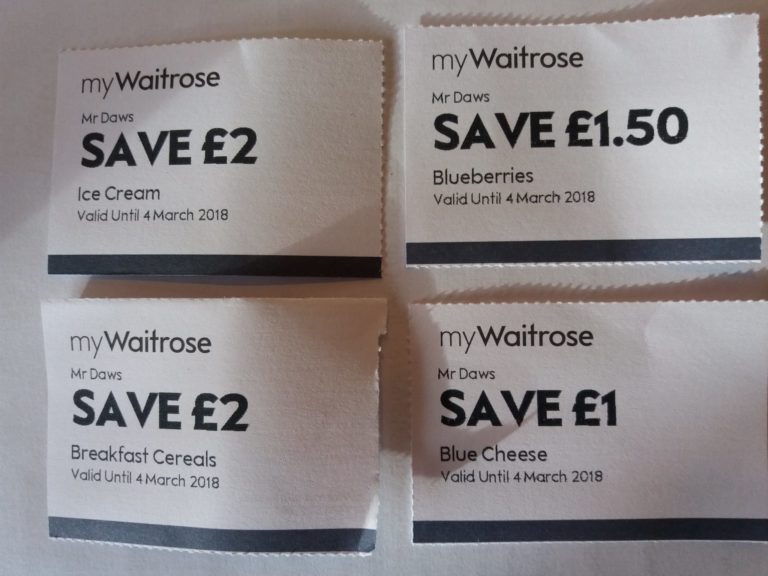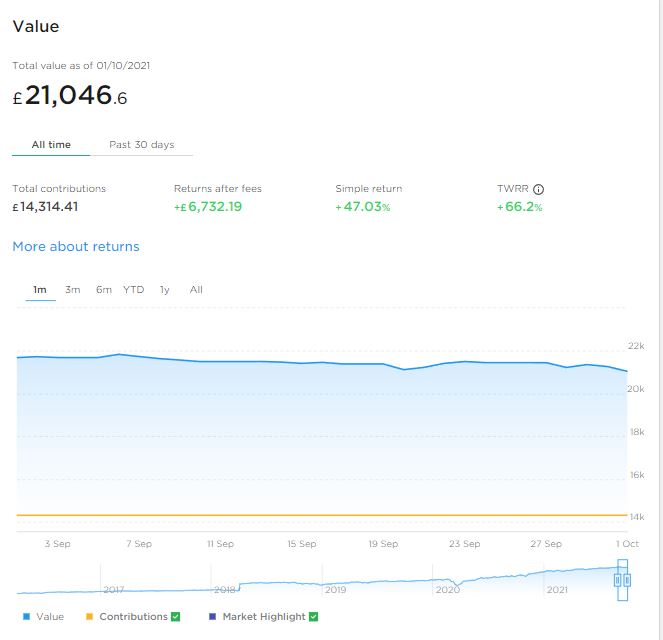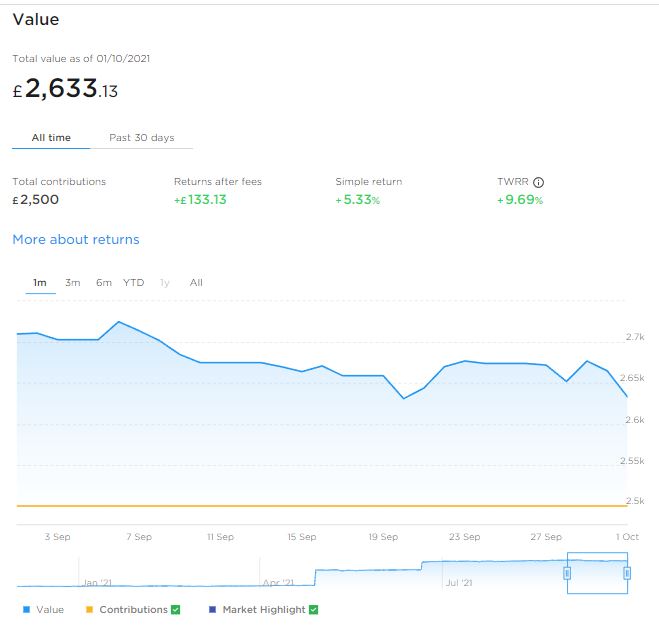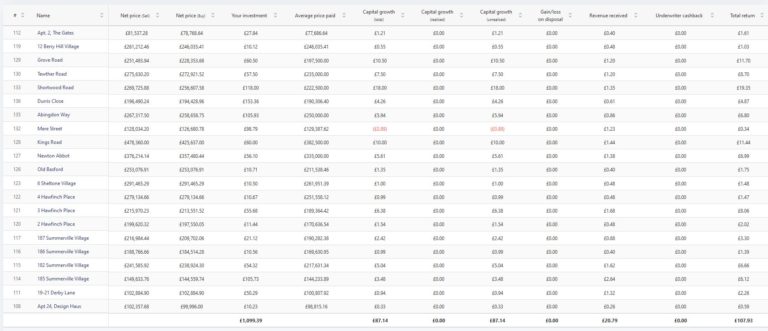12 Great Ways to Save Money on Amazon!
I admit I’m a bit of an Amazon addict. I love their huge range of products and the fact that you can read reviews of the products concerned from actual buyers. I’ve always found their customer service first rate as well.
Prices on Amazon are generally competitive, but over the years I’ve discovered a variety of ways to ensure you get the best value for money from them. So here are my top twelve tips for saving money on Amazon…
-
-
- Always search for the product you are thinking of ordering on eBay as well. Often you will find the same product there, and sometimes cheaper as well. Of course, you will want to check that the eBay seller has good feedback and the delivery charges are reasonable.
- If you’re going with Amazon, as long as your total order value is over £20, delivery is normally free of charge. If you’re just under the £20 threshold, it can make sense to buy a small item to bring it up to the magic £20. Before I joined Amazon Prime (see below) I often bought a pen for this purpose. I can always use more pens!
- If you can’t find a small item for the right price, visit Filler Checker. At this website you can enter whatever price you require to bring your order up to the free delivery threshold, and it will then display items you can add to your order to achieve this.
- You might also want to think about signing up with Amazon Prime. This service requires the payment of an annual (or monthly) fee, but for this you get free next-day delivery of millions of products on Amazon (and same-day delivery in some cases). There is a growing range of additional benefits for Prime members as well, including instant streaming of thousands of movies and TV shows, free borrowing of Kindle e-books, and secure, unlimited photo storage with anywhere access. If you’re a regular Amazon customer it’s well worth considering Amazon Prime, especially as you can try it free for 30 days.
- Prices on Amazon go up and down to a surprising extent. Recently I was looking at a snazzy digital radio for under £50. I went back the next day and found it had gone up to over £100
To keep track of the price of any item you are interested in, you can sign up at the oddly named Camel Camel Camel and they will notify you by email if and when the price of your chosen product falls below a certain level.
- If you’re unsure whether a particular product is good value or not, Camel Camel Camel can tell you that as well. Enter any product details and it will show you the price that particular product has been selling at on Amazon over the preceding weeks and months. You can also install their ‘Camelizer’ browser extension (Chrome and Firefox) to view the price history of any item on Amazon.
- Check out the Today’s Deals link at the top of most Amazon pages. Items listed here include ‘Deal of the Day’ and ‘Warehouse Deals’. The latter are pre-owned and refurbished items, and you can pick up some real bargains.
- If there is something you buy regularly – e.g. vitamin pills or nappies – you may be able to save money by placing a regular order using Subscribe and Save. S&S typically offers a 10% price reduction initially that can increase to 15% with repeat orders over time. For some products the saving is lower, with a 5% initial reduction increasing to 10% over time. You can of course cancel your subscription at any time.
- Watch out for promotional events on Amazon, including Amazon Prime Day (which has lots of special deals for Prime members) and their Black Friday/Cyber Monday sales in the run-up to Christmas. Some of the best discounts feature Amazon’s own products such as their range of Amazon Echo smart speakers with Alexa. These are typically available for as little as half the normal price during these events.
- If you use cashback sites such as Quidco and Top Cashback – and as I say in this blog post you definitely should – you may be able to take your cashback in the form of Amazon vouchers. Typically you get a few percent more this way than if you ask for money.
- Lots of market research and survey sites also offer Amazon vouchers as a payment option. People for Research is one that I have done well from myself. Mobile Xpression is another.
- Leave reviews of the products you buy on Amazon. Not only is this public-spirited, it may lead to an invitation to become a Vine Voice (as I am) and get products free in exchange for reviewing them. See my earlier blog post for more information about reviewing for Amazon Vine.
-
I hope you find these tips helpful. If you have any other tips for saving money on Amazon, please do share them below!
Disclosure: This post uses affiliate links. If you click through and make a purchase, I may receive a modest commission for introducing you. This will not affect the price you pay or the product or service you receive.












